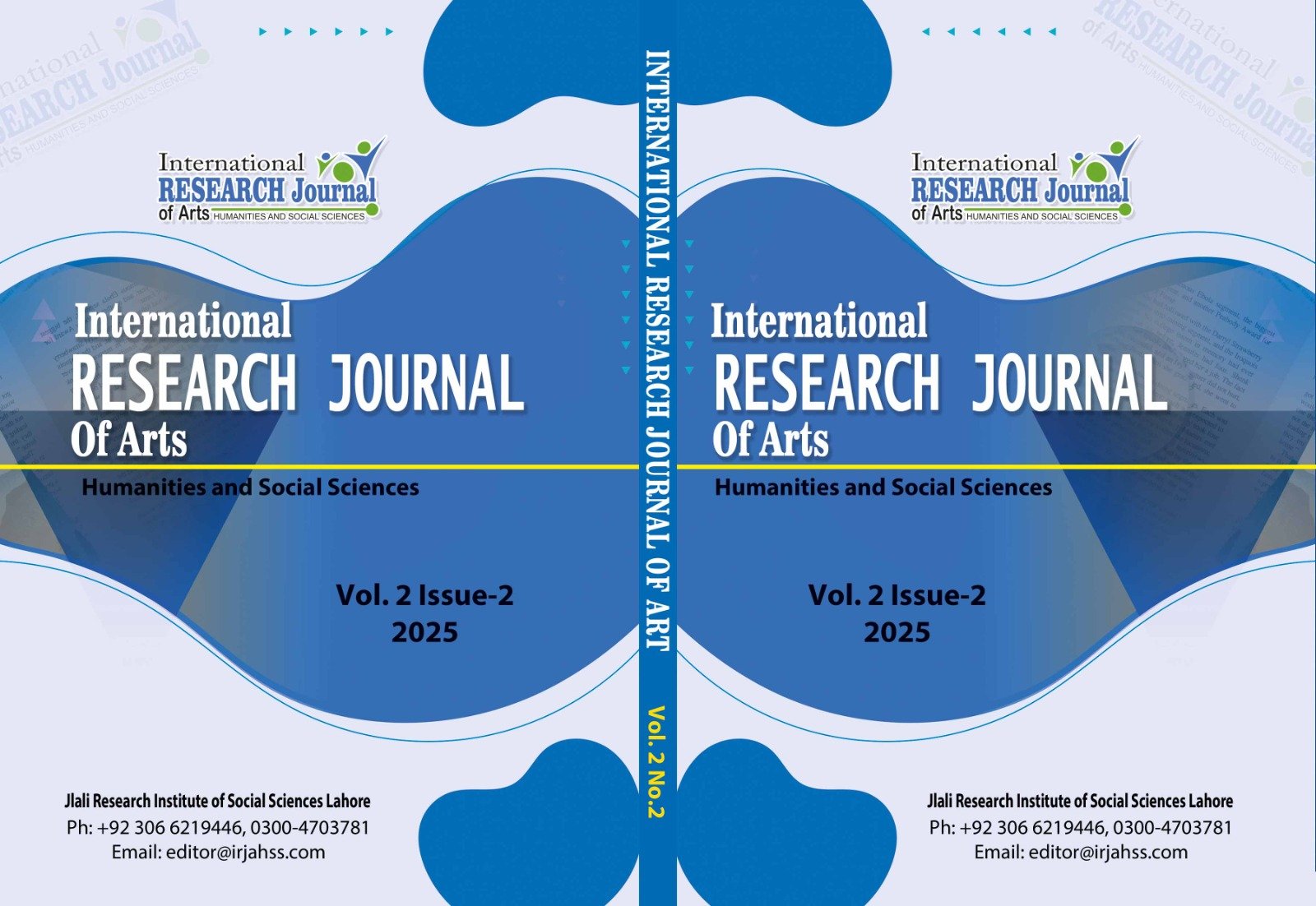EFFECTIVENESS OF NURSES’S LED INTERVENTION TO REDUCE HOSPITAL ACQUIRED INFECTIONS IN A GENERAL HOSPITAL PESHAWAR.A QUALITATIVE STUDY
DOI:
https://doi.org/10.3456/d2kdht66Abstract
Hospital-acquired infections (HAIs), also known as nosocomial infections, are infections that develop during hospitalization and were neither present nor incubating at the time of a patient's admission. These infections pose a serious threat to patient safety and the overall quality of care in both developed and developing healthcare systems Among healthcare professionals, nurses are particularly well-positioned to lead efforts in preventing HAIs. Nurses are involved in nearly every aspect of patient care, from medication administration and wound care to catheter management and hygiene maintenance. Their consistent presence at the patient’s bedside provides them with the unique ability to observe and respond to early signs of infection risk. Recent studies have highlighted the effectiveness of nurse-led interventions in reducing HAI rates, especially in units where standard precautions and bundled care protocols are regularly monitored and enforced. Our aim of the study was To find effectiveness of nurses led intervention in reducing hospital acquired infection in a public general hospital in Peshawar.Methods: An exploratory qualitative study design was used. Eleven registered nurses with at least one year of experience in a reputable hospital or in infection control department were selected through purposive sampling. Semi-structured interviews were conducted using an open-ended question guide. Data were transcribed, translated, and analyzed using thematic analysis, including open, and selective coding. Result: The analysis revealed five key themes: Nurses’ leadership in infection prevention, the demonstrated effectiveness of targeted interventions, barriers including time and resistance, institutional and resource limitations, and factors that enhance implementation. Nurse-led approaches such as education, monitoring tools, and peer accountability were noted to significantly reduce infection rates. Sustainability depends on consistent administrative support, resource availability, and the integration of interventions into daily routines. These findings provide a comprehensive view of how frontline nursing strategies influence hospital-acquired infection control. conclusion: This study confirms that nurse-led interventions are effective in reducing HAIs, especially when supported by institutional resources and structural commitment. Nurses serve as frontline innovators, educators, and compliance monitors. However, persistent barriers such as insufficient PPE, high workload, and administrative neglect hinder optimal implementation.
Downloads
Downloads
Published
Issue
Section
License
Copyright (c) 2025 International Research Journal of Arts, Humanities and Social Sciences

This work is licensed under a Creative Commons Attribution 4.0 International License.
Disclaimer: The International Research Journal of Arts, Humanities and Social Sciences (IRJAHSS) upholds the principles of open access, ensuring unrestricted access to scholarly content to foster the sharing and advancement of knowledge. The opinions expressed in the articles solely belong to the authors and do not necessarily reflect the views or policies of the journal's editorial team, editorial board, advisory board or research institute.






